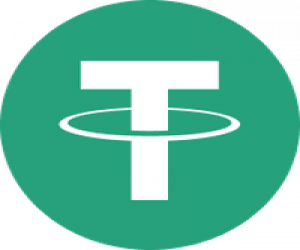



Here is a list of properties available for investment.
Refer and earn 8% bonus
Help agencies to define their new business objectives and then create professional software.
A REIT owns and manages properties. These properties include office buildings, shopping centers, residential properties, industrial buildings, hotels, etc. A REIT therefore holds a portfolio of properties that generate income, mainly from leasing.When you invest in a REIT, you become a unit holder, and each unit usually entitles you to:• Receive a portion of distributable income;• Vote at meetings of unit holders.Trusts regularly distribute a major portion of their income to investors (unit holders), usually on a monthly or quarterly basis. The objective of a REITs is to provide stable and sustainable distributions, although these distributions:If you hold REIT units, you do not directly own the properties; the REIT does.
Corporations can pay dividends to their shareholders, but most of them will reinvest part, if not all of their income for long-term growth.A REIT seeks instead to maximize stable and sustainable income distributions. Reinvestments may be earmarked for maintaining properties and acquiring new ones. A REIT may therefore pay more in distributions than a corporation, which is why a REIT distributes almost all of its income to investors (usually between 70 and 95%).
You can purchase REIT units from an investment dealer. Preferably Property one appraisal.
You will receive distributions in the form of:• Ordinary income (e.g., rental income)• Return of capital• Capital gain (when the REIT sells a property or other asset)The return on your units depends on the amount invested, and the monthly interest rate is 20%.
Before investing, you must always take your financial objectives and investor profile into account.



